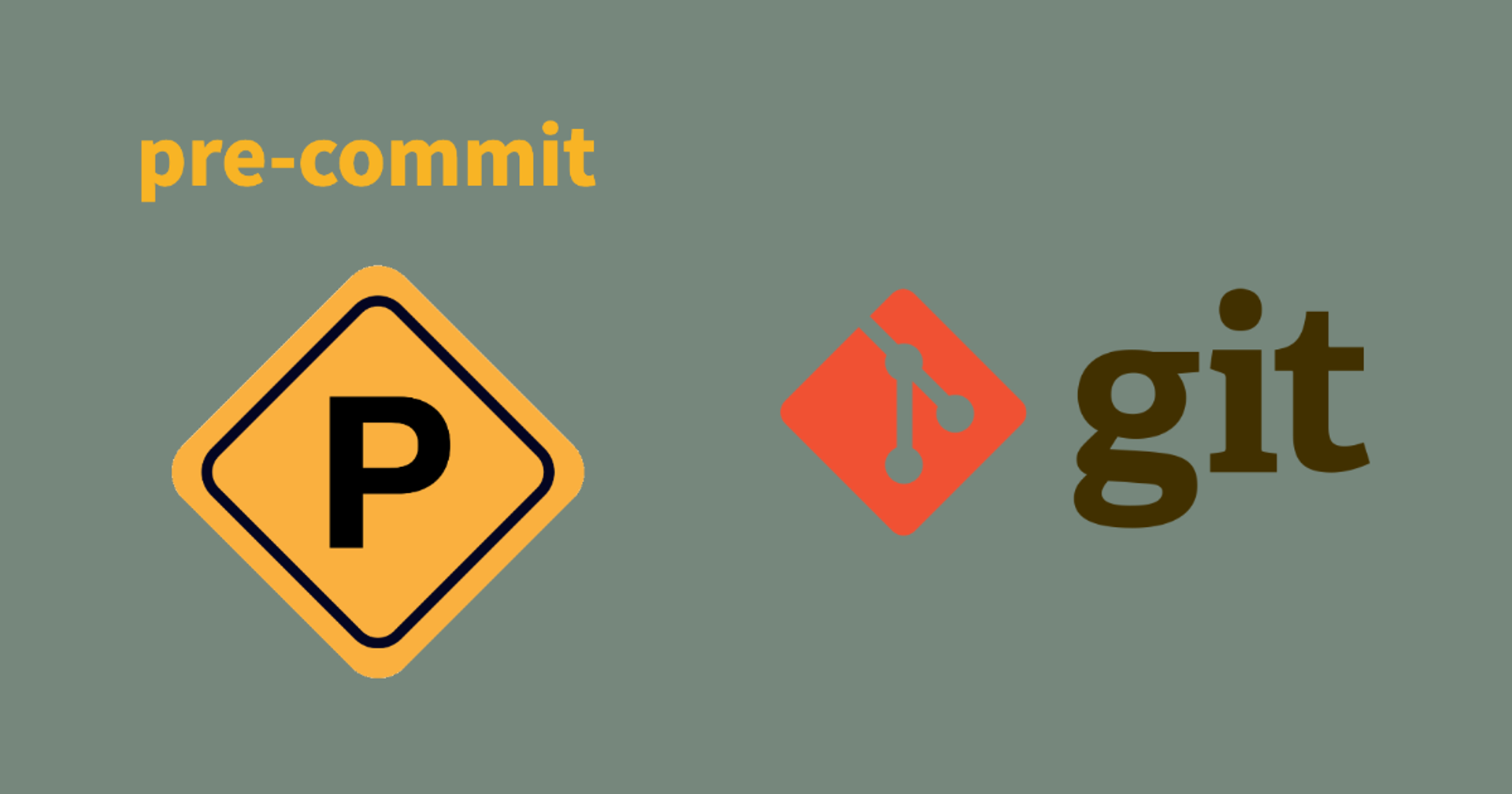
Let's Talk About Pre-Commit Hooks
February 18, 2025
I was chatting with a few friends recently about pre-commit hooks, and the conversation got pretty animated. Some of them swear by these hooks, insisting they should be part of every project, while others see them as just another annoying step in the development process. Personally, I’m somewhere in the middle. I love the value they bring, but only when they’re used wisely - mainly for quick, lightweight tasks.
For those who aren’t familiar, pre-commit hooks are scripts that run automatically before you finalize a commit. Their job is to catch little issues early on, like formatting problems or basic security concerns. In a Python project, for example, I’ve found that running tools like Black as a pre-commit hook is a game-changer. Black automatically formats your code, so everyone’s code looks neat and consistent. It’s super fast, meaning you get immediate feedback without waiting around for a lengthy process to finish. This way, your code stays clean without slowing you down.
Another neat tool is Bandit, which does static security analysis. It scans your Python code for common vulnerabilities, giving you a heads-up before those issues slip into your codebase. Just like Black, Bandit runs quickly on small changes, which makes it a perfect candidate for a pre-commit hook. It’s like having a mini security guard that makes sure nothing dangerous goes unnoticed.
Now, while these quick checks are awesome, things can go south if you try to use pre-commit hooks for heavy-duty tasks. I once heard someone say, “Let’s run the whole PyTest suite every time we commit!” And honestly, that idea just sounds like a recipe for frustration. Running a full suite of tests every time you commit can slow you down, and it’s not really what pre-commit hooks are made for. That kind of testing is better suited for a continuous integration (CI) pipeline where it can run in a more controlled environment without blocking your local workflow.
One of the best ways to manage all these hooks without turning your configuration into a tangled mess is by using a pluggable pre-commit framework like pre-commit. I can’t recommend it enough! This framework lets you easily plug in different hooks with a simple configuration file. Instead of writing custom scripts for every little task, you can just set up the ones you need and be done with it. It saves so much time and keeps things neat, which is a big plus when you’re juggling multiple projects or working in a team.
Using the pre-commit framework means you can focus on the stuff that really matters - writing and improving your code - while the framework takes care of running your hooks in the background. It’s a real time-saver, and it helps ensure that everyone on the team is following the same quality standards without extra hassle. Plus, if you ever need to tweak which hooks run or in what order, it’s as simple as updating a configuration file. No more digging through endless scripts trying to figure out why something isn’t working right.
At the end of the day, pre-commit hooks can be a fantastic addition to your workflow when used appropriately. They’re perfect for catching small, quick-to-fix issues like formatting and basic security problems. But they’re not a catch-all solution. Heavy tasks like full test suites are better left for your CI pipeline, where they can run without getting in your way.
I think the key is finding that sweet spot - using pre-commit hooks for tasks that provide instant, useful feedback without slowing you down. And with tools like pre-commit, setting that up is easier than ever. So, give it a try, tweak it to fit your needs, and see how much smoother your coding process can be!